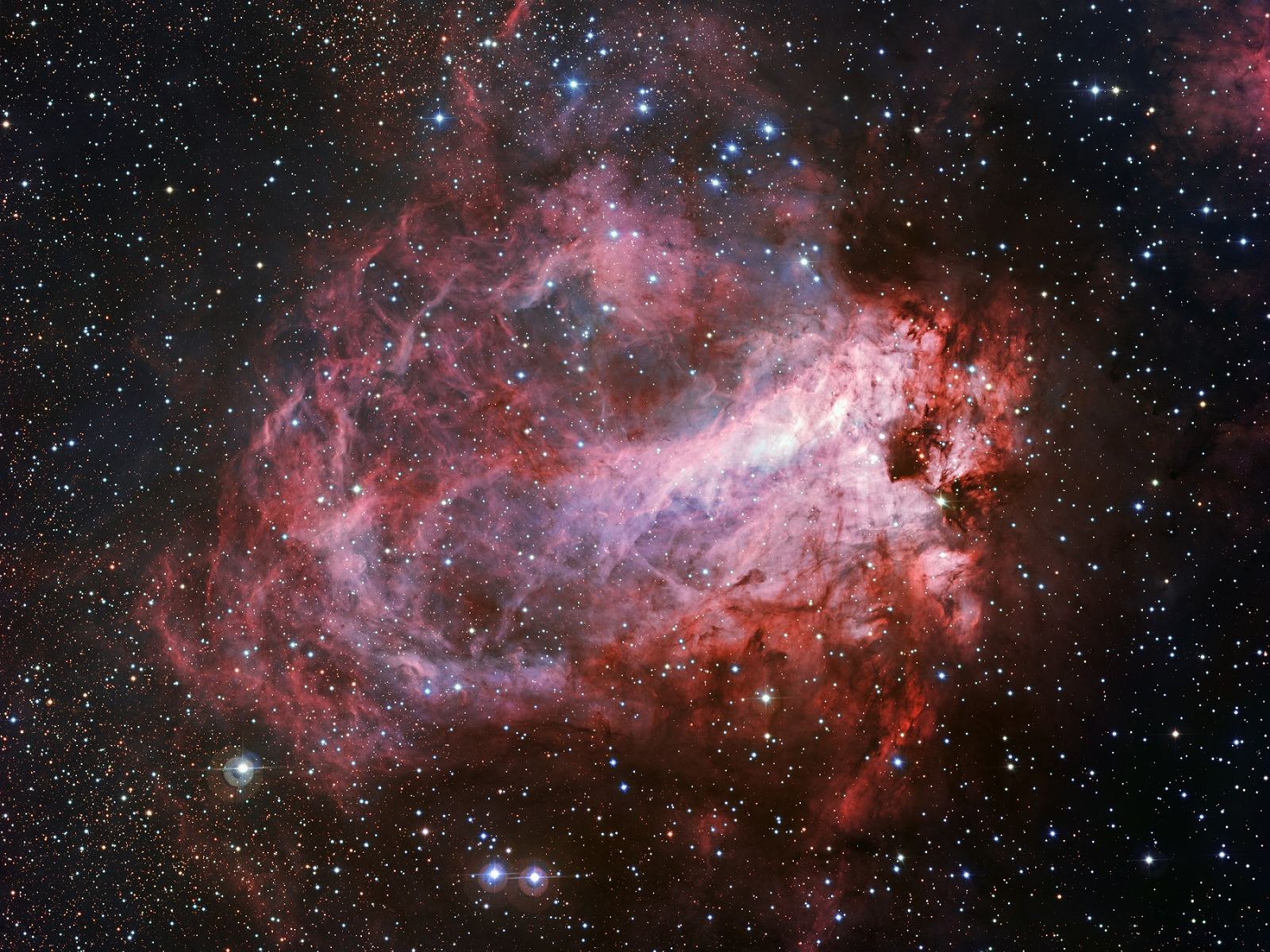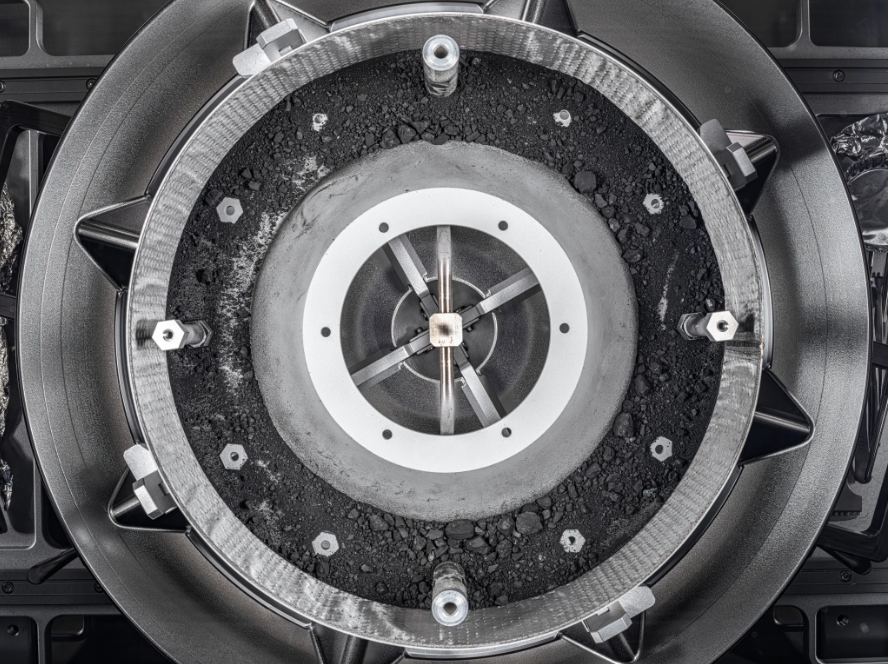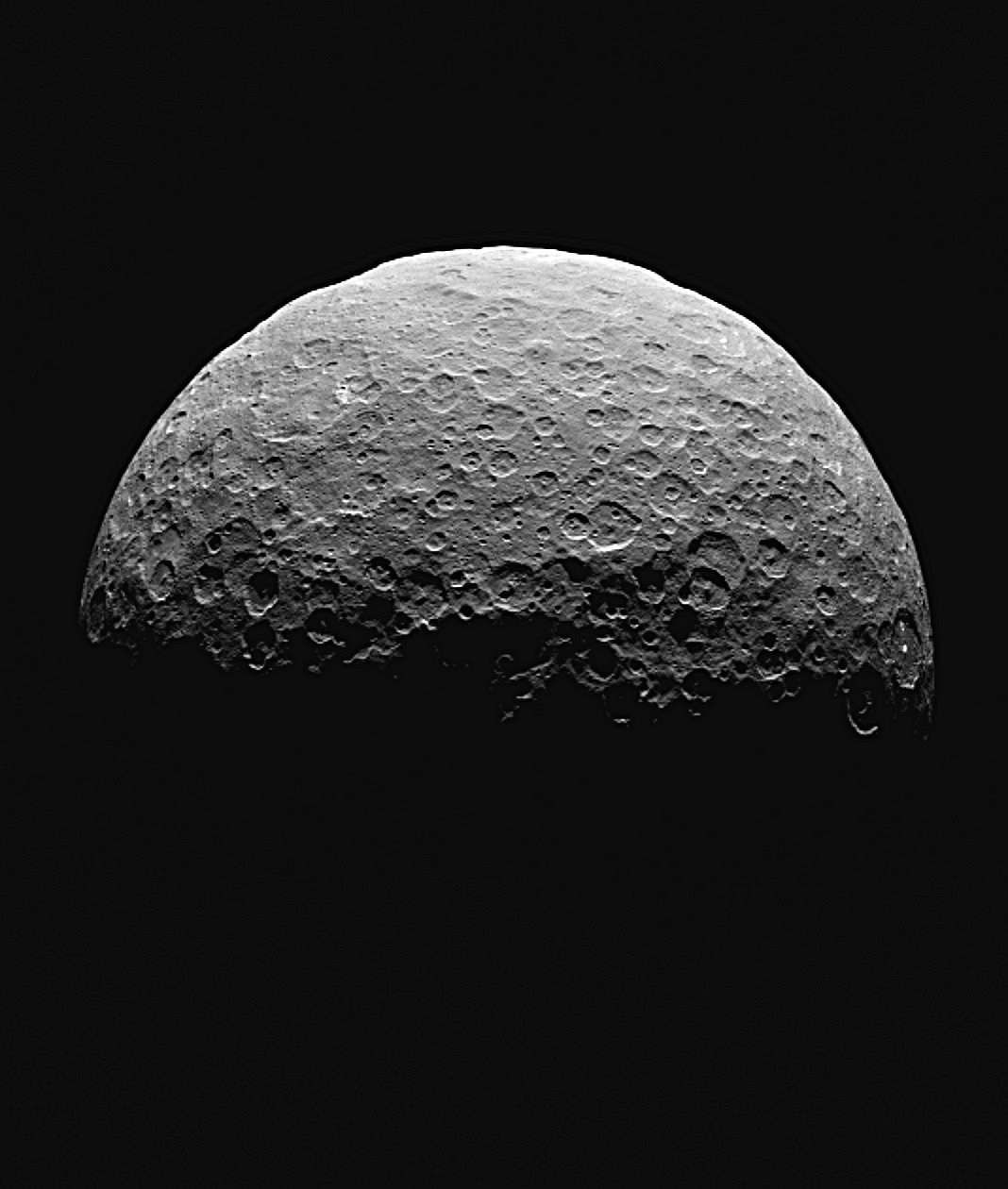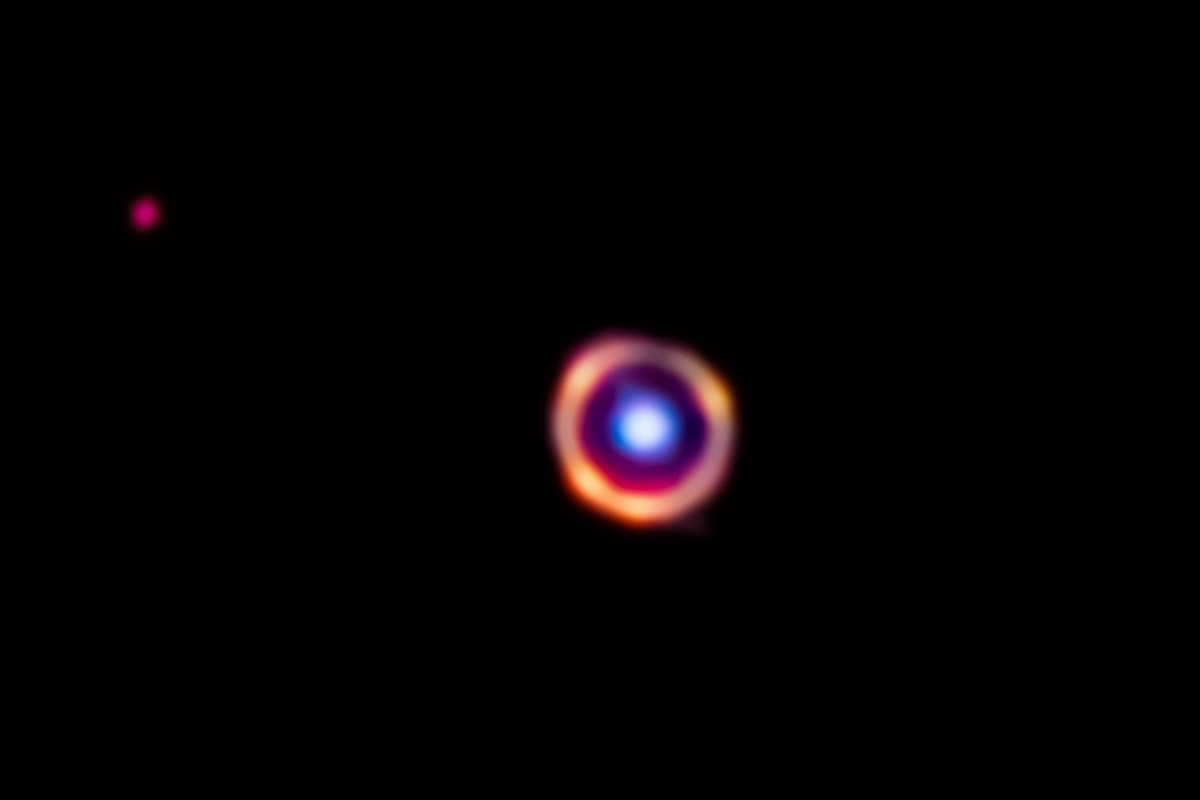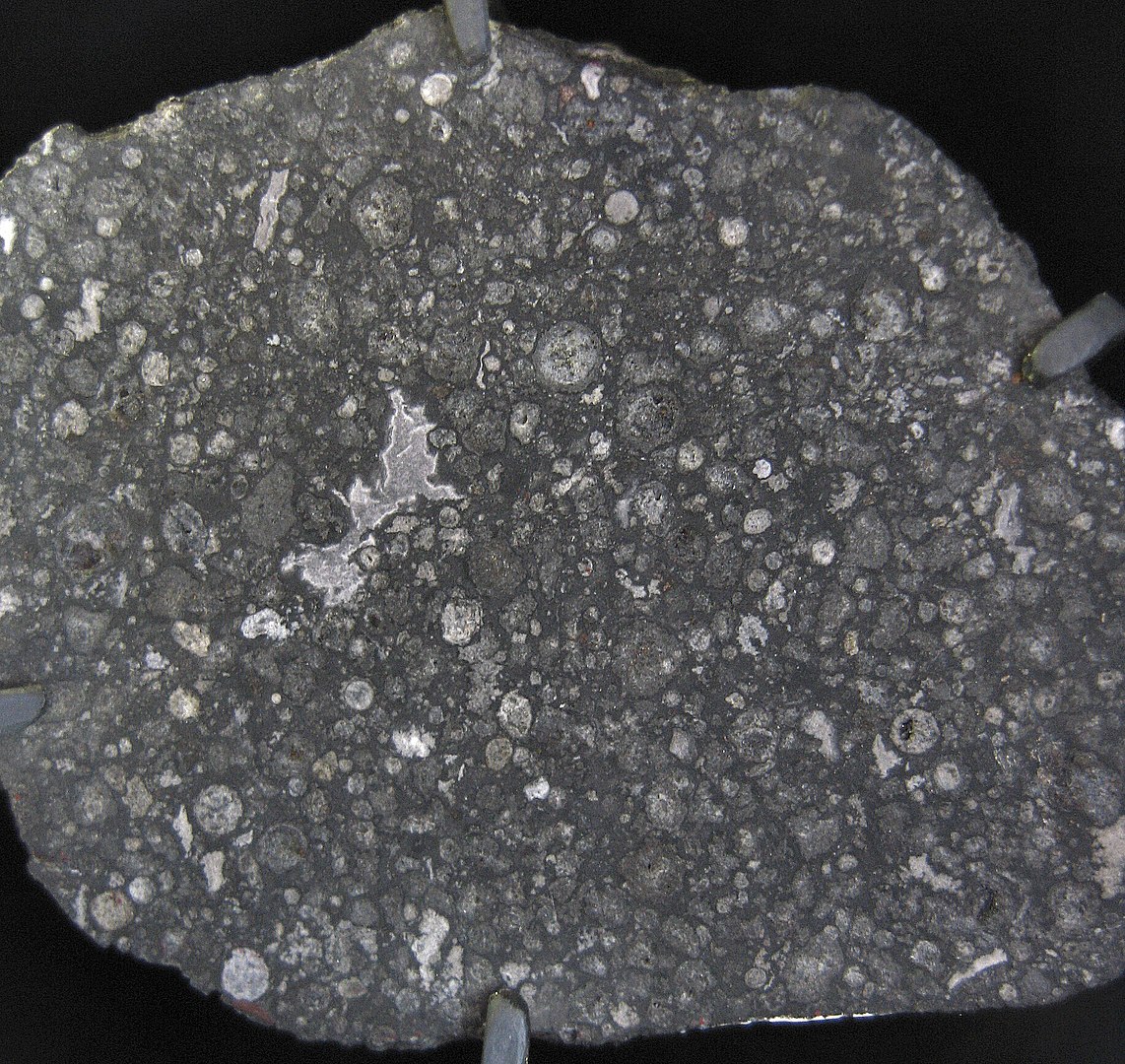Will we ever understand how life got started on Earth? We’ve learned much about Earth’s long, multi-billion-year history, but a detailed understanding of how the planet’s atmospheric chemistry evolved still eludes us. At one time, Earth was atmospherically hostile, and its transition from that state to a planet teeming with life followed a complex path.
Continue reading “Lessons From Ancient Earth’s Atmosphere: From Hostile to Hospitable”Lessons From Ancient Earth’s Atmosphere: From Hostile to Hospitable



